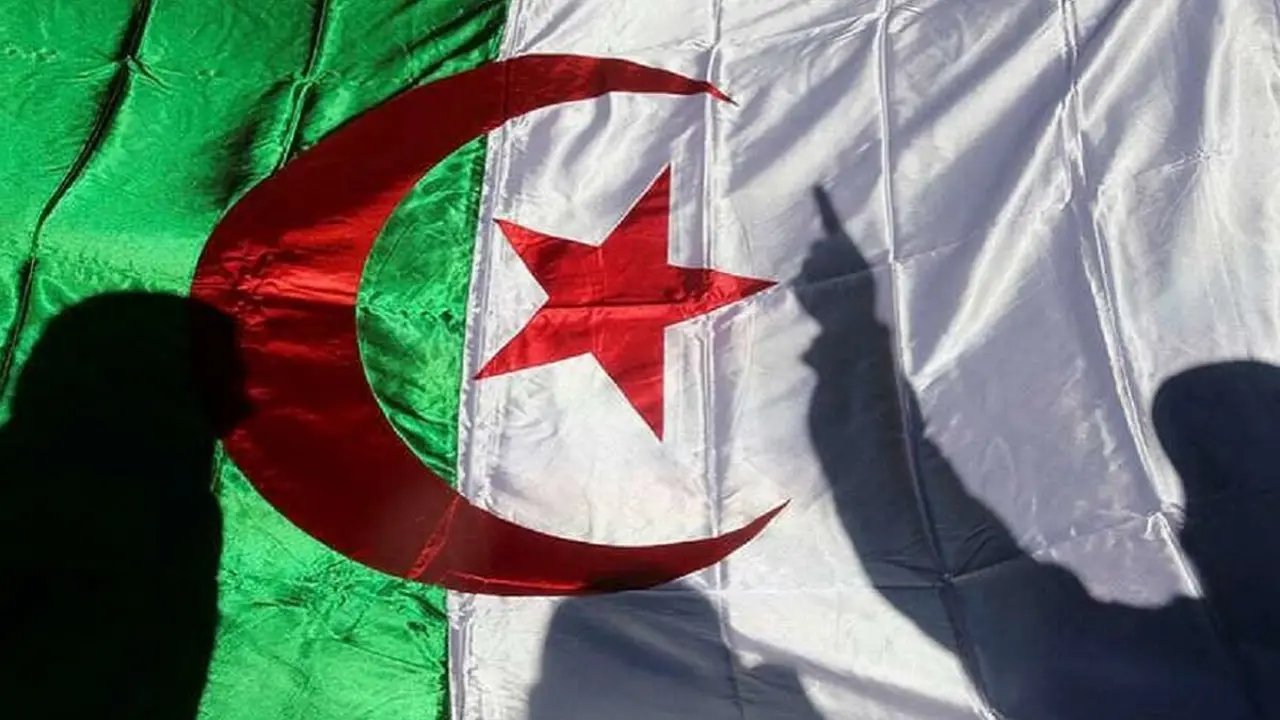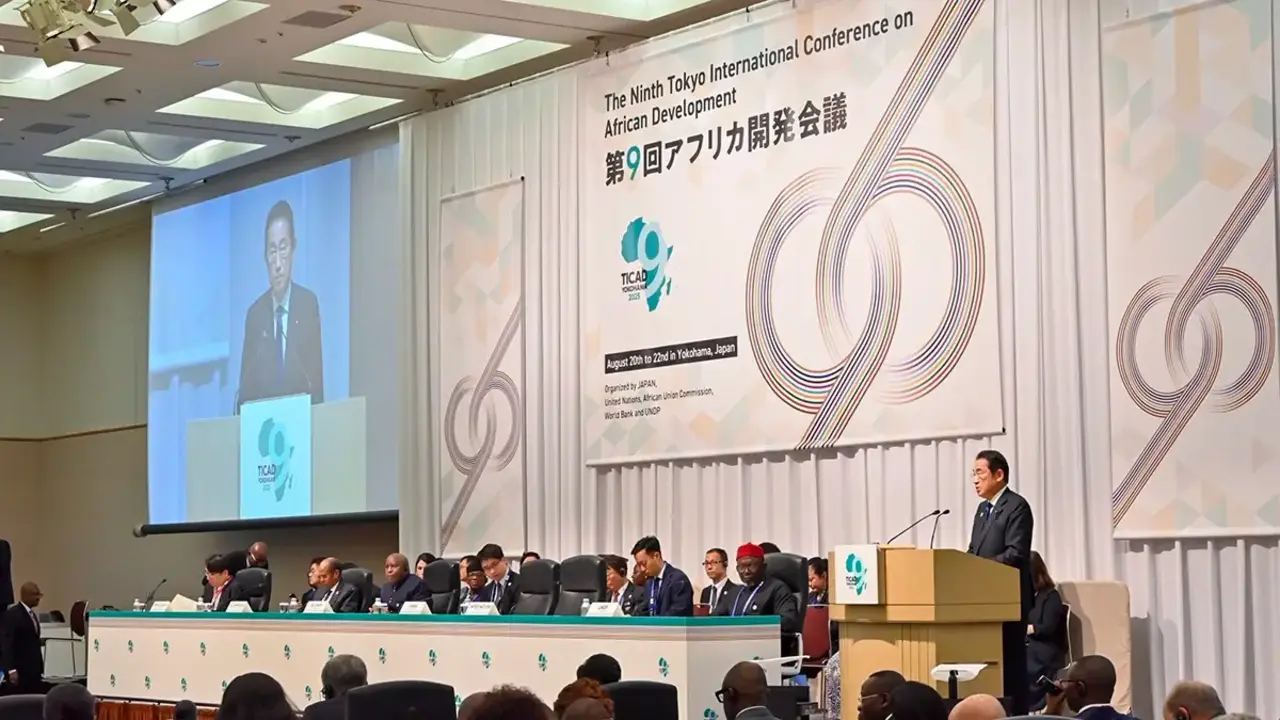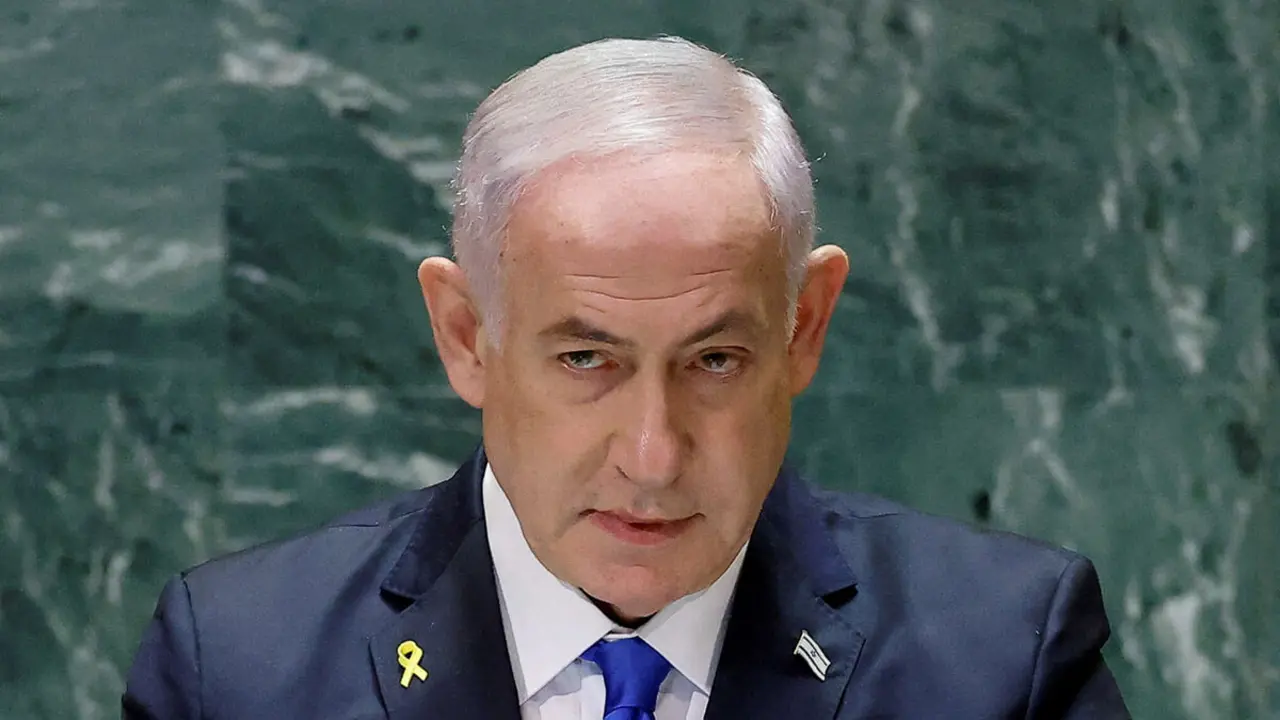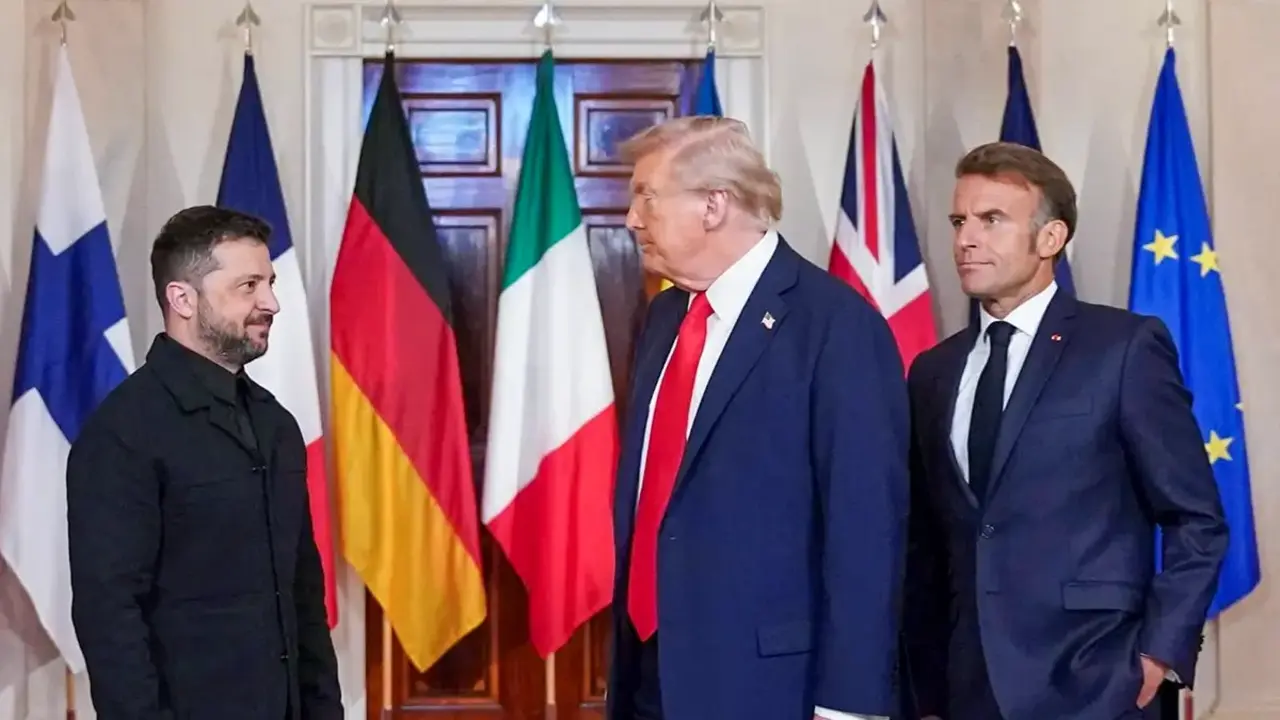From Ukraine to Taiwan: Learning to live in a worse world

This document is a copy of the original which has been published by the Spanish Institute for Strategic Studies in the following link.
Depending on how and when this war finishes, the starting conditions will be shaped for a historical period on which the «Thucydides Trap» will cast its inexorable shadow.
Washington is pressing for Beijing and New Delhi to break ties with Moscow. The survival of the Russian regime after the Ukrainian war will largely depend on the support it receives from both powers. The recomposition of alliances and alignments is key to a future world that tends to polarize and is in danger of becoming very fragmented. Faced with a more tense and insecure strategic environment, very different from the international order of origin, the different future scenarios need to be considered and steps should be wisely measured to come out of the storm in the best possible conditions. Traditional recipes probably won’t work.
For some time now, Emilio Lamo de Espinosa has been emphasising that we are living at a historical inflection point that is bringing five centuries of Western domination to a close.1 Indeed, the war in Ukraine has consummated this and we can be certain that the world order to emerge will be significantly different, overall worse, more tense and more insecure than the one in place after the fall of the Berlin Wall, which has already evolved into an increasingly confrontational multipolar order.
The huge tragedy unfolding in Eastern Europe can be interpreted as the first act of a larger war for global supremacy between the superpowers of the international system: the US and the People's Republic of China (PRC). Both powers are drawing conclusions for a potential armed clash in the seas adjacent to China, and especially over Taiwan.
We do not know how or when the war in Ukraine will end, but its duration and result will set the stage for a historical period over which the Thucydides Trap will cast its inexorable shadow.
While the US is trying to ensure that the current war forces China to break or weaken its relationship with Russia, its main strategic partner, the Asian giant views the situation with great concern and is cautious about what comes next. India—currently the great object of desire in international diplomacy—is becoming increasingly relevant because, as a traditional ally of Moscow and a rival of China, it has the capacity to balance the geo- strategic scales on one side or the other.
There is no doubt that Russia's survival after the war, and during the war if it is protracted, will depend on Beijing and New Delhi's support for Moscow. The White House is putting a great deal of pressure on these Asian powers as it watches how the various actors on the international stage are positioning themselves in a world that is polarising and risks becoming highly fragmented. The great game that has just begun can make previous historical periods pale in comparison. There are clear signs of rising distrust among the actors involved. The anti-Western resentments inherited from the imperialist era are being revived.
We are living in a time of enormous significance for the future of the world and of Europe. We have only one certainty: we have entered a decade in which, as Kevin Rudd predicted, “we will live dangerously”.2 Strategic decisions should carefully consider both their short- and long-term consequences. We run the risk that the passions that the war has kindled will not allow us to see the wood for the trees as we approach this new future.
At the end of the Cold War, Henry Kissinger argued that, for both the United States and the world, the best possible order would be one in which Washington kept Beijing and Moscow closer to itself than they would with one another. Given the deep historical rivalry between China and Russia—only bottled up while Stalin and Mao had an understanding—if the Americans acted skilfully, they could be the conductor in the concert of powers. Time has proven him right. At the time, however, Kissinger was said to be a 20th-century man anchored in the dynamics of traditional geopolitics, already superseded in the new century by the triumph of democracy and liberal values on a global scale.
Fukuyama’s “last man”3 predicted that, through a Hegelian process—very similar in structure to the Marxist theory of the end of history—the great contradictions that in the past had hindered rational and peaceful coexistence among nations would be overcome. The advent of a Kantian world was on the horizon, even if there were still some bumps in the road.
This did not happen. Geopolitical theory has been fulfilled and, as in similar situations throughout history, the revisionist powers have joined forces to challenge the dominant power. This should be of no surprise. In the 17th century and again in 1898, the Spanish monarchy had first-hand experience of it.
Humans are a contradiction in and of themselves and project their passions onto the international arena. Systems can be perfected and human communities can build important consensuses that democracy greatly facilitates. Yet, the human condition essentially remains, and with it, our contradictions and conflicts. Similarly, every person— and international decisions are made by people—is confronted with the ethical dimension of their actions and thus their legitimacy. How is this legitimacy determined? And by whom? This is the substance of which history is made.
The West thinks it has found the answer, but its rivals do not accept it: there is no greater submission than moral subordination. On the other hand, the Western powers were the protagonists of the era of imperialism and colonialism and, thus, of the era of humiliation of more than half the world,4 which undermines any universalism of a Western-inspired system of standards and values.
Initially, China and Russia were not fundamentally anti-American but fundamentally opposed to an international order presided over by a single great power. Over time, the two empire-nations, each in their own way, have grown in ability and confidence, making a virtue out of necessity and moving closer together with a growing antagonism to the US. In 1996, they signed a strategic partnership to jointly oppose both American hegemony and interference in internal affairs. For both, the latter posed a threat to their political legitimacy and territorial integrity.
In 2004, this entente achieved the important conclusion of the border agreement, an essential condition for China to transform its largely land-based and outdated armed forces, deployed opposite Russia, into a modern naval and air force gravitating towards the Western Pacific. Arms exports to the PRC helped Russia sustain its defence industry, without which Moscow could not reclaim its status as a military power.
The cool relations between the old rivals, who saw the US as the major obstacle to their geopolitical ambitions, have increasingly warmed. Russia and the West became more suspicious of the other, following the 2008 Bucharest summit—where NATO opened its door to Ukraine and Georgia—with the ensuing war in Georgia, while a clear break came with the annexation of Crimea in 2014. In the meantime, China became increasingly convinced that it was time for it to take its place on the world stage. The Sino-Russian strategic partnership has reached a level of collaboration beyond expectations.
In 2017, the US woke up and recognised in its National Security Strategy that the rivalry among great powers had become the main threat to its security. In the same year, Graham Allison published his famous book Destined for War: Can America and China Escape Thucydides’s Trap? which elaborates on an idea he had already expressed in a 2014 article, where he argued that the rise of the PRC and its trajectory toward displacing America as the primary world power would increase the likelihood of a war between the two powers. He advised the American nation to prepare itself, not to win the war, but essentially to avoid it, since a serious collision would be an unbearable risk.
Until then, the dominant theory was that the United States could sustain an international order that conformed to its liberal-democratic worldview and the idea that, by the sheer weight of historical trends, China and Russia would eventually adapt to it. In this sense, Robert O'Brien, the Trump administration's last National Security Adviser, stated that “for decades, conventional wisdom held that it was only a matter of time before China would become more liberal, first economically and then politically. We could not have been more wrong—and this miscalculation is the greatest failure of American foreign policy since the 1930s [...]. Instead of listening to the Chinese Communist Party leaders and reading their key documents, we believed what we wanted to believe.”5
The need to develop a strategy to oppose the rise of the PRC began to be perceived in Washington. President Trump launched a tariff war in 2018, which eventually incorporated a technological dimension as well. But all this was just a bucket of water on a deeper question. The basic issue remained: how would the Asian giant act if it achieved world primacy? To what extent could this pose a serious or even existential threat to the US?
With four times the population and proven efficiency, the Asian giant was a more formidable rival than the Soviet Union, which, after all, was once equal in population to the great American power and whose economic and social system was far more flawed than that of today's China.
A Cold War strategy of containment had the disadvantage that, as Kennan had foreseen, it would take a long time to complete.6 It took four decades for the USSR to show cracks. But time, which had always been on the side of the USA, now seemed to favour China. Most forecasts predicted that the PRC would catch up with the US in terms of current- dollar GDP within a decade.
A policy of coexistence and deterrence, applying the principle Kennedy had advocated after the Cuban missile crisis and defined as "A world free for diversity", risked postponing the solution until a time when there would be no strategy to implement because Beijing would already be well on its way to achieving Xi Jinping’s goal of making China the leading global power by 2049.
In Washington, there was a growing realisation that if action were not taken, it would be too late. This inspired a “democratic crusade” aimed at isolating the authoritarian powers, China and
Russia, in the hope that this would eventually force internal change or crises within them, with the US-led liberal international order remaining valid for the rest of the world.
Moscow and Beijing interpreted this as a serious threat, and since then the relationship between the great powers has steadily deteriorated, giving rise to a divergent multipolar international system presided over by intense mistrust and a greatly strengthened Sino- Russian entente. This is the context in which the Russian Federation has unleashed war on Ukraine.
Germany's bid to build a relationship with Russia on the basis of Ostpolitik became increasingly difficult to sustain, and with the war it died a final death.7 However, the previous use of two different strategies—one a confrontational US approach and the other a Central European approach based on shared economic and energy interests—has led to irreparable damage to the European economy.
Although Washington’s priority was the PRC, Russia, which had long been challenging Western powers with an array of hybrid actions, had to be stopped in its tracks. Previously, the United States and its allies had shown signs of weakness and disunity in the face of Kremlin aggression. In Ukraine, the White House wanted to show that things had changed. For his part, Putin was unwilling to let go of Ukraine, but, as Liana Fix and Michael Kimmage argue in Foreign Affairs, “although the Russians had won the battles in 2014 and 2015, the Kremlin was losing the war for Ukraine's future.”8
Russia still placed great confidence in the July 2021 National Security Strategy and based its design on “strategic patience”, hoping that the PRC’s unstoppable rise would eventually force Washington to seek rapprochement with Moscow. The Kremlin was also counting on oil and gas to continue giving it significant dividends over the next decade or two, long enough to maintain a strong economy while the strategic rebalancing taking place would allow Russia to leverage its position between the two giants. This would ensure Russia’s ability to retain its rank as a great power.
So what happened to make President Putin take up arms and risk half the world turning against him? After the summer, Washington and London had redoubled the military effort to train Ukraine in case of Russian attack—with remarkable success as we have seen so far—and were making a determined bid to irreversibly bring Ukraine into the Western fold.

The two world wars have been proposed as a model to try to explain the logic behind the dilemmas of the Ukraine war. The most apt example, however, is the Peninsular War (or War of Independence in Spain) where everything rhymes amazingly well. The invasion of Spain formed part of the struggle between the Napoleonic Empire—the land power—and the British thalassocracy. In Bonaparte's words, it would be “child’s play”. Napoleon, like Putin, was overconfident and sent an insufficient force. After the Dos de Mayo Uprising, he divided those forces into multiple punitive factions. Bailén’s success would initially force Madrid’s evacuation by the occupiers. Earlier astonishing successes had instilled an overconfidence in the Corsican who was drunk on power. This led to him losing his sense of reality and ignoring the advice of those closest to him.
For Spain, which was instrumental in Napoleon's defeat, the war was a Pyrrhic victory,9 which seems to be the fate for Ukraine as well. The insurgents, backed by the United Kingdom, the emperor’s bitter enemy, forced the withdrawal of troops from the main theatre of operations to deploy them in the rearguard, sapped the morale of the occupiers and challenged them in information and logistical resources. The heroic sieges of Zaragoza and Girona (read Mariupol and Kharkiv) held the invaders, inflicted heavy casualties and boosted morale. In the end, the Napoleonic phalanx got bogged down and weakened on all fronts. Eventually, Spain’s dogged resistance allowed other powers to join the fight—something that has so far not happened in Ukraine for fear of sparking a third world war—which ultimately saved the Spanish cause.
If Napoleon had won, he would have incorporated part of Spanish territory—at least up to the Ebro line—into France, removing the Pyrenean barrier and turning Spain into a military protectorate. This is what Putin is now aiming for, and the partition of Ukraine is on the horizon.
The great battle that has just begun represents a new phase of the war. If the Russian Federation is defeated, there is a strong likelihood that the nature of the conflict will escalate and the war will be prolonged, which also brings us closer to the use of nuclear weapons. If Russian forces win, the Ukrainian army will have lost the ability to stop the enemy onslaught and the Kremlin will seek further territorial gains before halting its offensive. Like the French emperor, Putin will not give up easily and will seek an outcome that he can sell to the Russian people as a victory.
Moscow does not want the war to drag on for long; the risk of internal collapse is real. The EU is under great pressure and cannot afford the luxury of an indefinite confrontation either. Ukraine, which has already paid a heavy price, will resist as long as it can. On the other hand, Washington would not want Russia to emerge from the conflict still with a grip on its power status and is in no hurry for a premature end. Whatever happens, this war will leave a trail of hatred and resentment that will shape the European security landscape for decades to come.
As this war of uncertain outcome drags on, the PRC and the United States will be thinking about the potential conflict that stems from aggressive attitudes, cultural misunderstandings, historical grievances and ideological incompatibility, as well as Beijing's desire to replace the Western-inspired international order with one that puts China at the centre and better accommodates its values and national interests.
In Taipei, concerns about a military invasion have risen sharply. The message from Beijing is clear—“look at Ukraine”—and incursions into Taiwan’s Air Defence Zone have only continued to intensify. For China, the island has a threefold significance: identity, by reversing the historical affront that broke up a national territory; geopolitical, because of its position controlling access into and between the South and East China Seas and the Pacific (something of enormous value for a country constrained by geography); and economic-technological, because of Taiwan’s dominance in the production of the most advanced semiconductors. For Washington, regional and ultimately global leadership is at stake, as the world's centre of gravity shifts there.
Kevin Rudd in his recent book The Avoidable War?10, presents the following picture (which will need to be revised according to the war’s outcome): Beijing is not yet ready to engage Washington by force. It needs a few years, five or more, to gain economic and financial resilience, to protect itself from economic sanctions imposed by the US and its allies, and equip itself with the military capabilities to ensure success in an eventual seizure of Taiwan by force. In the author’s view, Xi Jinping plans to be in office until the mid-2030s, assuming he is re-elected at the 20th Party Congress in November. He is likely to try to use military means to regain Taiwan if he cannot take it back by political means. It seems he wants to see the dispute resolved during his lifetime and to have made it a personal matter.
According to the former Australian prime minister, this means that for a few years the situation may become calmer, but by the end of this decade or the beginning of the next the strategic context will veer dangerously towards military confrontation. This must be avoided because it would lead to a catastrophic conflict. These countries need to design a new co-existence model with mechanisms for interaction, what Rudd calls managed strategic competition, to create an effective combination of deterrence, détente and diplomacy. One of the pillars of this approach emphasises common challenges, such as combating climate change and the spread of pandemics which affect everyone. These need to be tackled in a collaborative way.
This point of view is not held by a majority among the Anglo-Saxon powers, where an increasingly belligerent attitude prevails. But it is the one that best suits Spain, which, not being responsible for China’s century of humiliation, does not perceive an existential threat from an emerging China. Should the PRC eventually become the most powerful nation on earth—undoubtedly the most dangerous and, for some, the most likely hypothesis—Spain and the EU will have to find a way to accommodate it. In Australia, they say that they have raised the battle flag and nailed it to the mast, there is no room for defeat! In our latitudes there is no reason for such a dramatic approach, although only a much more integrated EU will be able to stand up to Beijing's impositions.
A decisive aspect will be how other regional powers and actors position themselves in relation to Russia and, subsequently, China. Here, India is the keystone. The closing of ranks across the West behind Washington’s leadership that the Ukraine war has produced does not necessarily translate on a broader scale. New Delhi does not want to contribute, by isolating and impoverishing Russia, to a situation where Moscow falls irreversibly under Beijing’s sway. Thus, it is understandable that it wants to provide Russia even with bilateral alternative means of payment in their own currencies in order to reduce that dependence.11 At the same time, India wants to show its strategic autonomy and, for the moment, is resisting the pressure from the US and its allies.
For its part, China is also moving closer to India because it fears that, in the wake of the war in Ukraine, the United States could emerge stronger, and China would need a more relaxed geopolitical environment in Asia. The Indian government, aware of its strong position, wants to extract important concessions from Beijing in their sensitive border dispute. How this relationship evolves will largely determine the future strategic order in the world.
Although there are several voices in China advocating a break with Russia to avoid isolation and focusing on economic development,12 everything seems to currently point to Xi Jinping wanting to keep Russia alive to force Washington to diversify its strategic attention on two fronts. President Xi continues to count on Russian collaboration, which is essential for China’s military development, and looks to prevent a hostile or deteriorating Russia from forcing the Chinese to dedicate part of its armed forces to covering their common border.13
Turkey, like other countries, including Israel, has sought a middle ground in relation to the war in Ukraine. Although it voted against Russia in the UN General Assembly, it has neither sanctioned Moscow nor closed its airspace to Russian aircraft. There are clear differences between Turkish policy and the unequivocal pro-Ukrainian approaches of the EU and NATO, implying that Ankara is remaining rhetorically committed to Ukrainian independence and offering to mediate the conflict while leaning towards Russia.14 In Turkey’s case, as in India’s—and this extends to other countries—the intense nationalism of its leaders leverages anti-Western resentment, which could become as worrying on the geopolitical stage as it could be decisive. In a de-Westernising world,15 the abuses of the imperialist era could have consequences now.
To all of the above must be added the economic and social consequences—especially severe for the EU—of the war and a disrupted globalisation. There is the destruction of important intangible assets that are increasingly necessary in an interconnected and interdependent world that, as Kaplan argues, is getting constrained as a result of technology.
The number of future scenarios is so wide-ranging that it is impossible to foresee where this series of storms will take Spain and Europe. For the time being, the first major challenge is to avoid being plunged into a third world war. A spectre looms in the South with Russia's displacing France in Mali and the growing Russian presence in the region. While not obvious, there might be a single positive consequence of the Ukrainian war: a stronger EU. Meanwhile, serious setbacks in US domestic politics cannot be ruled out. When the time comes for Taiwan, the position to be adopted will be particularly delicate... The new international system that will emerge will require new formulae, and we must avoid letting the passions that wars arouse cloud our vision and rationality.
The war in Ukraine has closed one era and opened another, marking the definitive step towards a post-Western world. The future looks very uncertain and particularly contradictory.
Putin has recklessly thrown himself into an armed conflict, but he does not appear to be a leader willing to accept defeat. Many dangers now loom on the horizon.
Depending on when and how this war ends, a new phase will begin in which the confrontation over Taiwan between the United States and China is set to preside over global geopolitics. Washington fears the consequences of Beijing’s rise to global primacy, and Xi Jinping is determined to reincorporate the island while he is still in office, by force if necessary.
Both the current and potential armed conflict are leading to a realignment of powers, which may result in a major fracturing of the world into warring blocs of varying alignments.
Russia’s survival will depend on Beijing and New Delhi continuing to have its back.
India has become the great object of geopolitical desire and seems unwilling to relinquish its strategic autonomy. China wants to improve its relationship with the other Asian giant to protect itself from pressure placed on it by the US and its allies.
A whole host of future scenarios are opening up in which Spain and Europe will have to find a safe way forward. It does not appear that the same old recipes will continue to be valid. A truly united EU would be the most coherent response to the enormous challenges to be addressed.
In any case, a cool head must be kept; it is the lives and prosperity of the younger generations that are at stake.
José Pardo de Santayana*
DEM Artillery Colonel IEEE Research Coordinator
Bibliography
1 LAMO DE ESPINOSA, Emilio. Entre águilas y dragones. El declive de Occidente. Espasa, 2021.
2 RUDD, Kevin. «Short of War. How to Keep U.S.-Chinese Confrontation From Ending in Calamity», Foreign Affairs.
Marzo-abril de 2021.
3 FUKUYAMA, Francis. The End of History and the Last Man. Free Press, 1992.
4 LAMO DE ESPINOSA, Emilio. Op. cit., p. 57.
5 O’BRIAN, Robert C. «How China Threatens American Democracy. Beijing’s Ideological Agenda Has Gone Global»,
Foreign Affairs. Noviembre/diciembre de 2020.
6 X (KENNAN, George F.). «The source of Soviet conduct», Foreign Affairs. Julio de 1947.
7 RÁCZ, András. Germany’s Shifting Policy towards Russia. The sudden end of Ostpolitik. FIIA Briefing Paper, n.o 335. Marzo de 2022.
8 FIX, Liana y KIMMAGE, Michael. «What If Russia Makes a Deal? How to End a War That One Is Likely to Win»,
Foreign Affairs, 23 de marzo de 2022.
9 PARDO DE SANTAYANA, José. El 200 aniversario de la muerte de Napoleón y su huella en el devenir de España. Academia de la Ciencias y las Artes Militares, 1 de abril de 2021.
10 RUDD, Kevin. The Avoidable War? The Dangers of a Catastrophic Conflict between the US and China. PublicAffairs, 2021
11 PIQUÉ, Josep. «¿Con quién está India?» (Política Exterior). 7 de abril de 2022. Disponible en: https://joseppique.es/articulos/geopolitica-otan-guerra-ucrania-rusia-occidente-geoestrategia-crisis-conflicto-putin- invasi%C3%B3n-china-india-europa%20
12 WEI, Hu. «Possible Outcomes of the Russo-Ukrainian War and China’s Choice», US-China Perception Monitor. 12
de marzo de 2022.
13 RUDD, Kevin. Op. cit.
14 COOK, Steven A. «Where Turkey Stands on the Russia-Ukraine War», Council on Foreign Relations. 3 de marzo de 2022.
15 LAMO DE ESPINOSA, Emilio. Op. cit.








